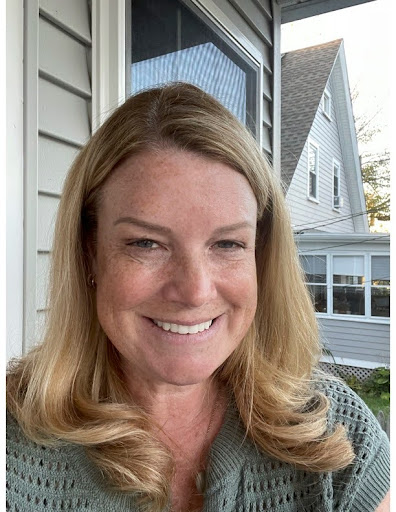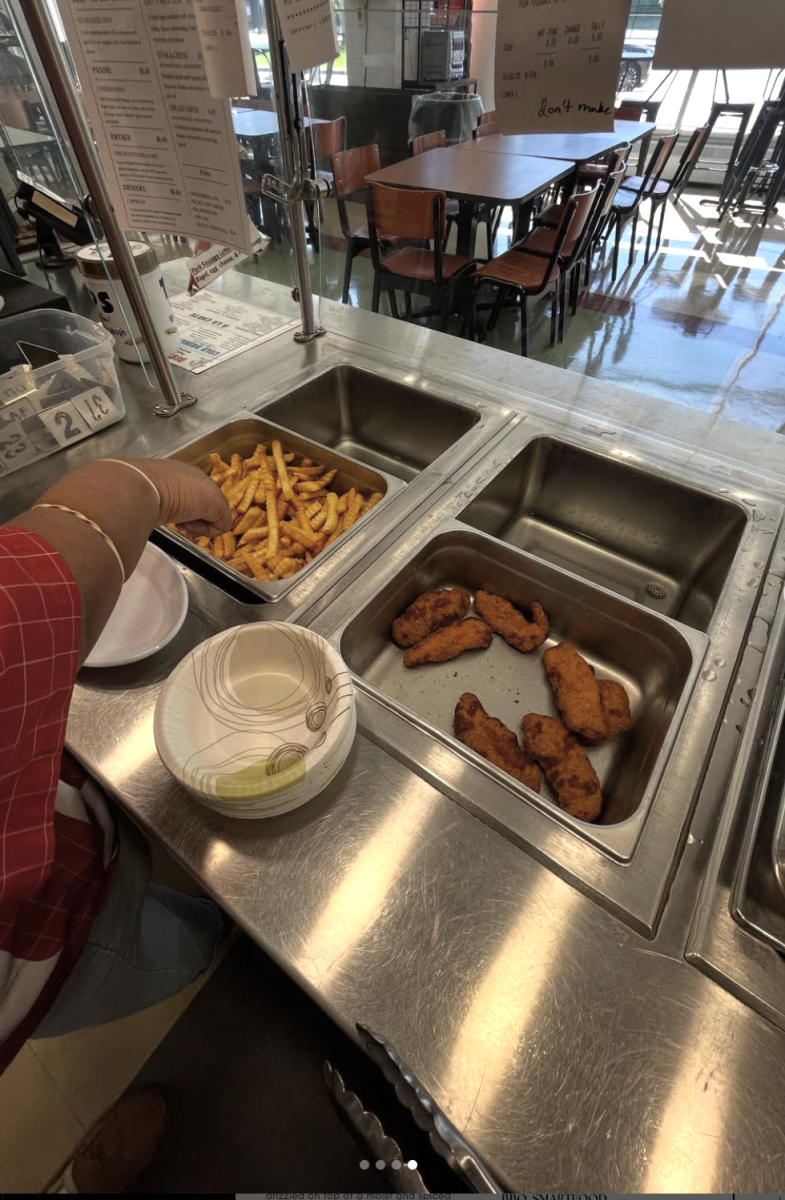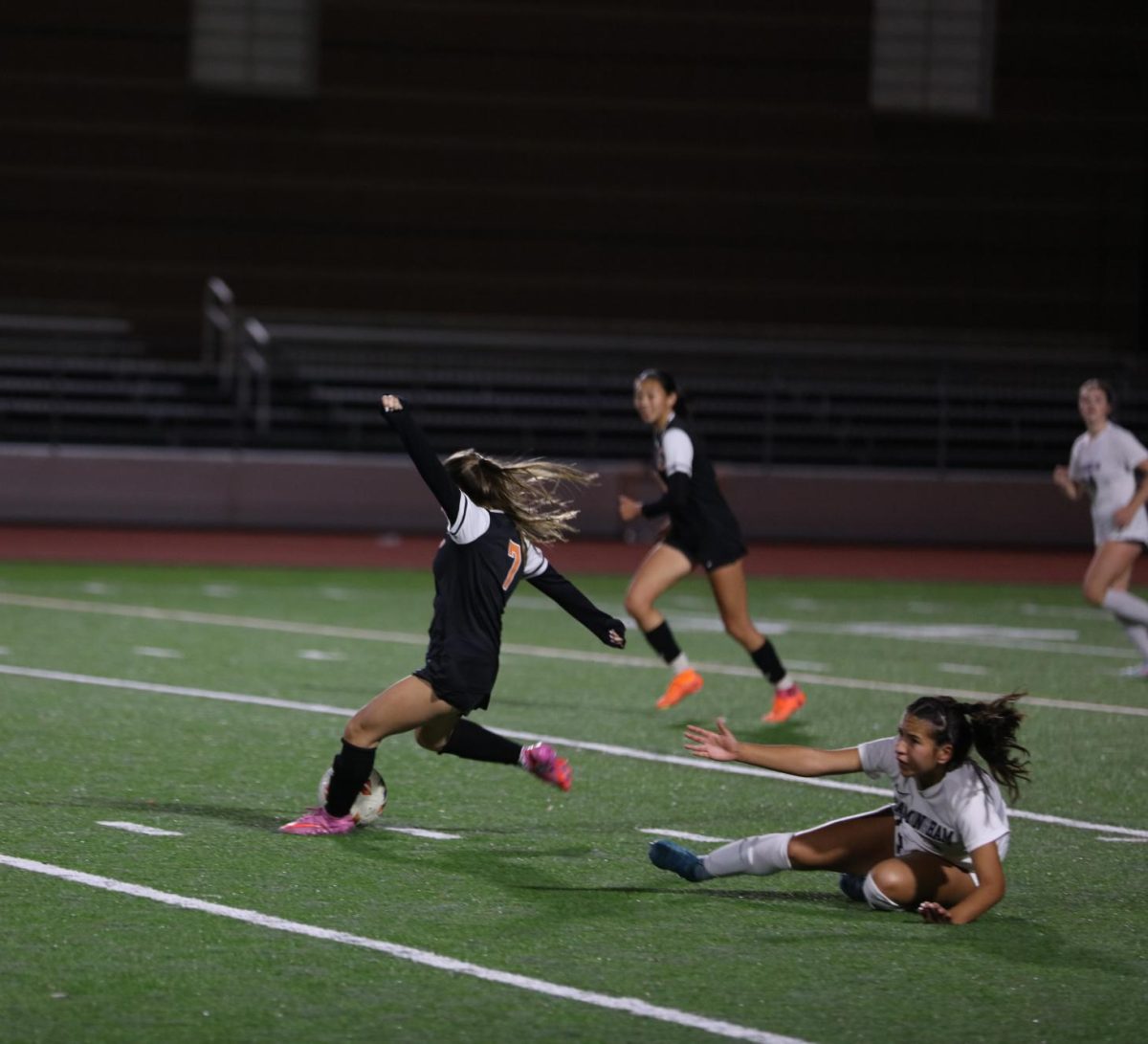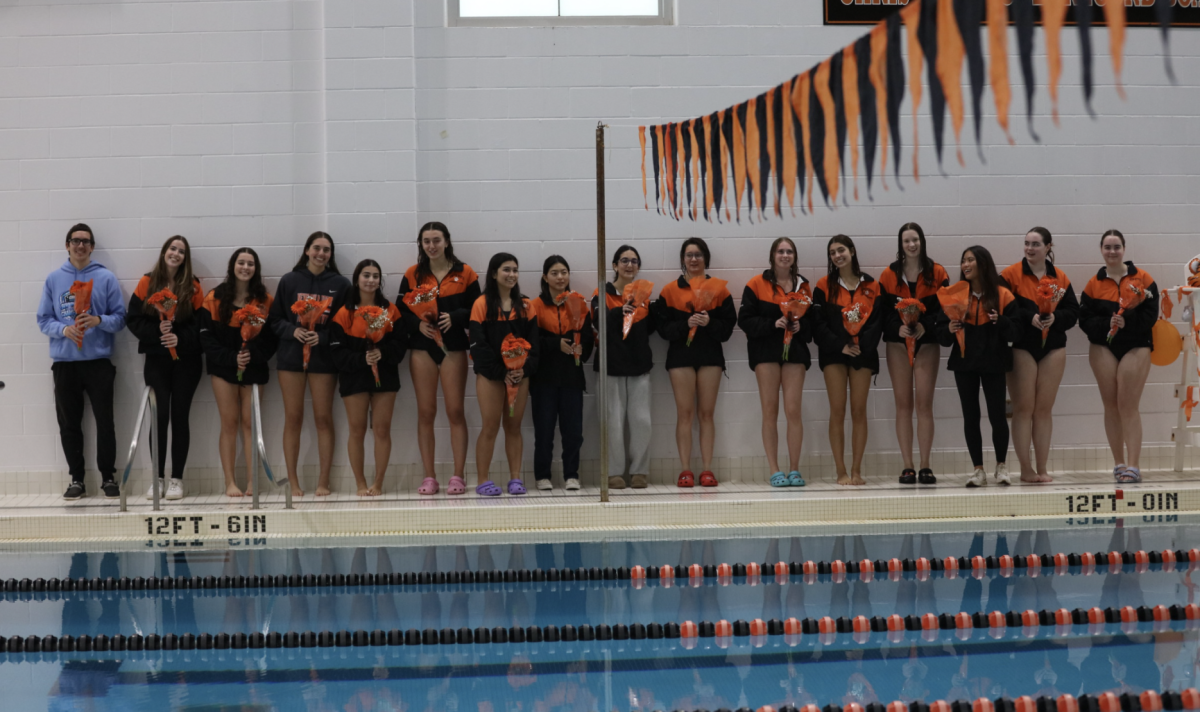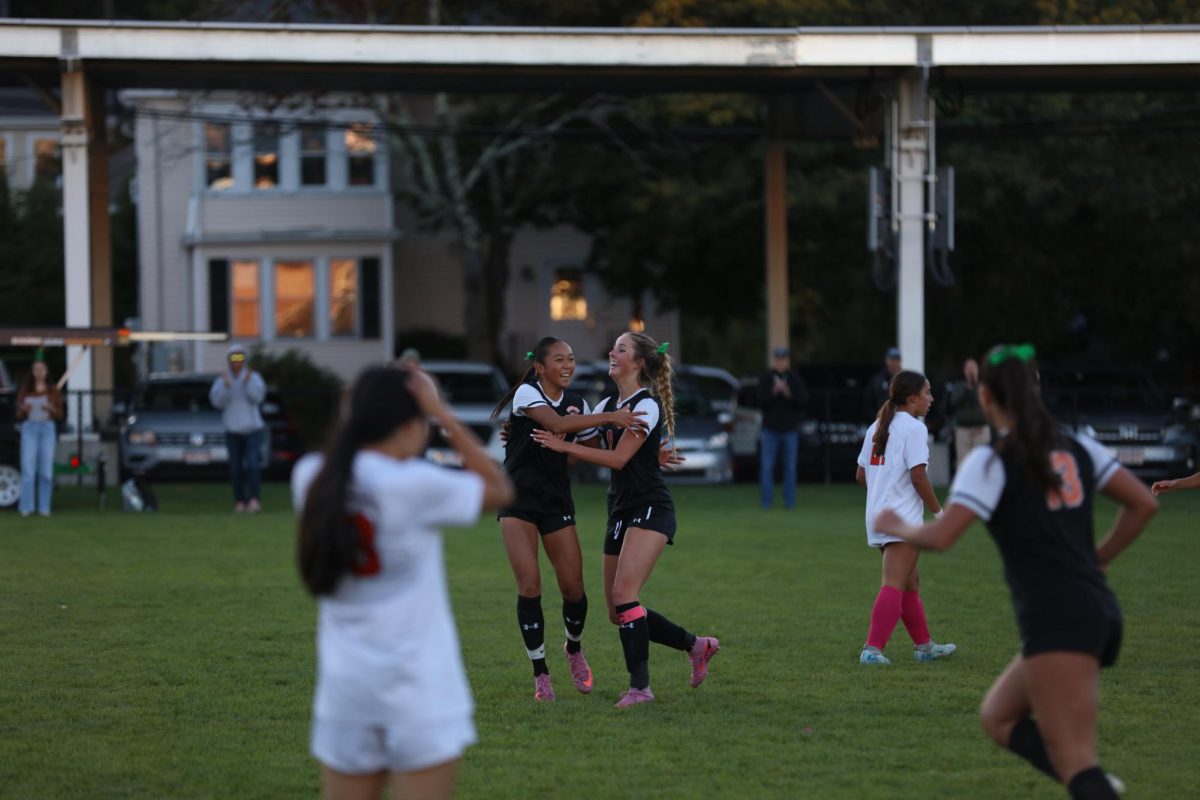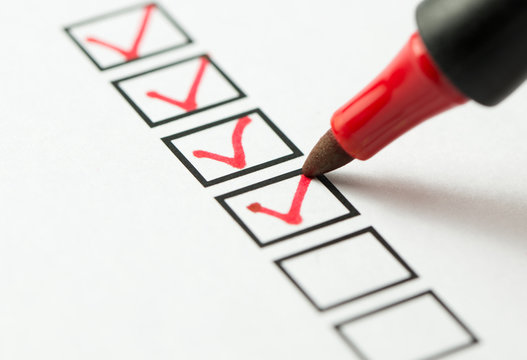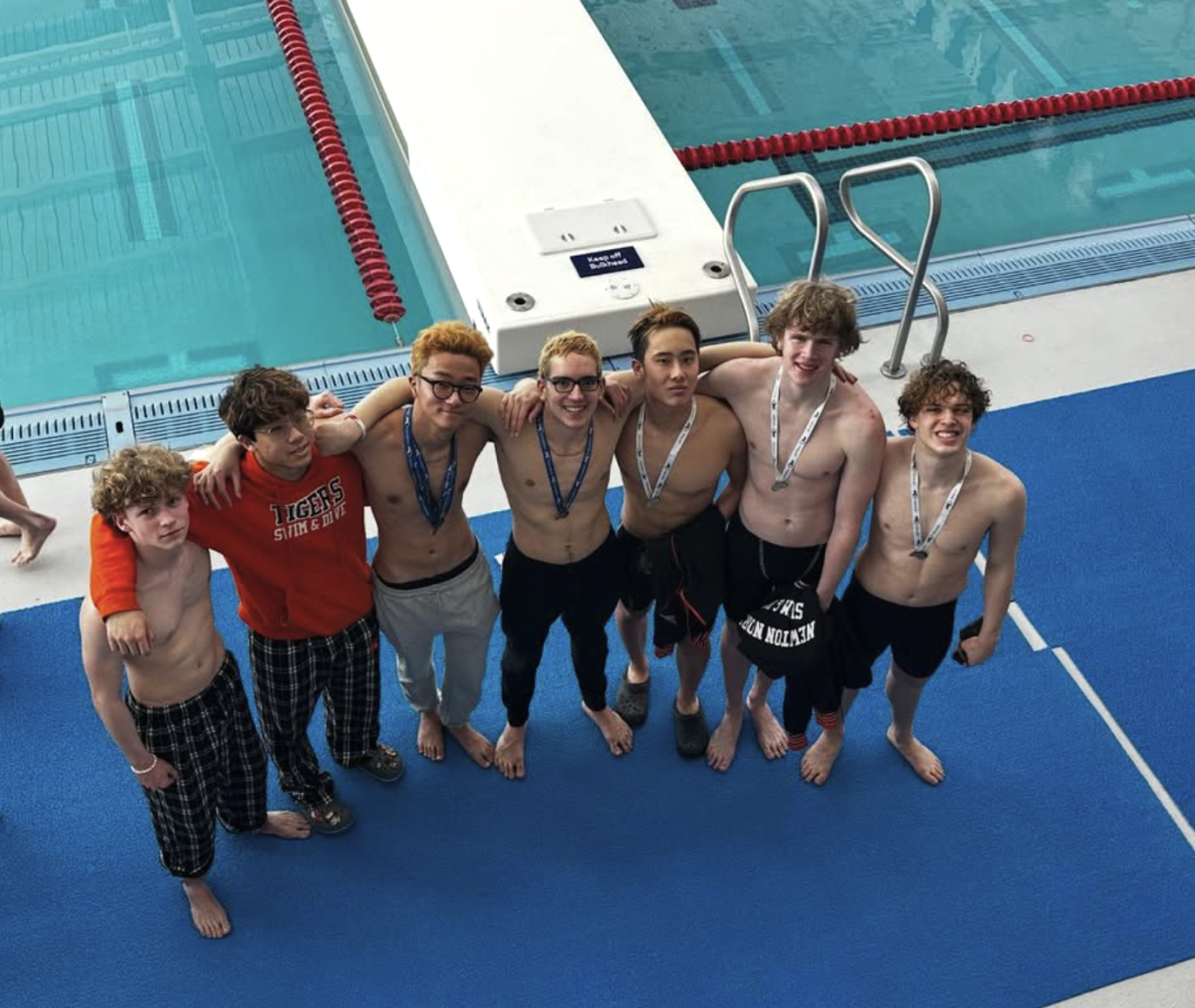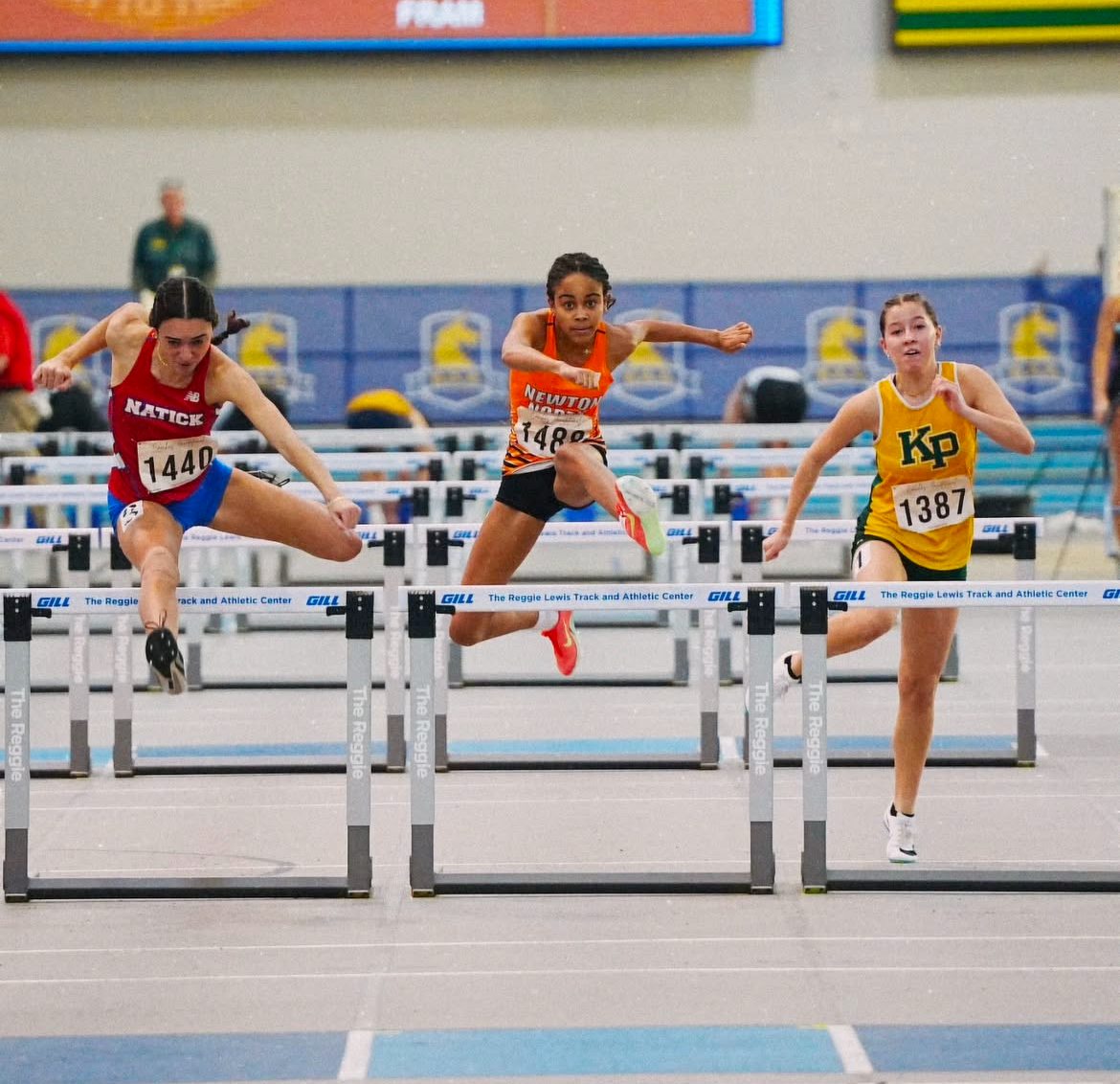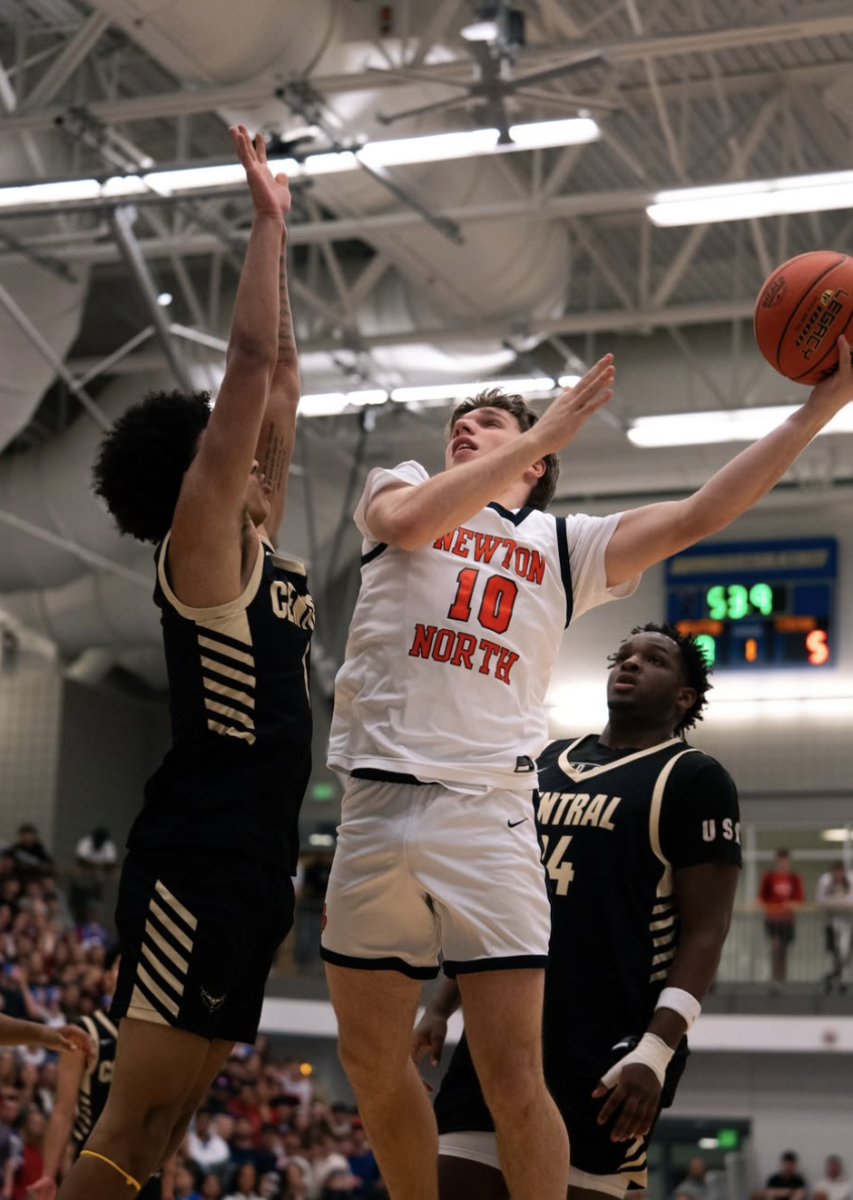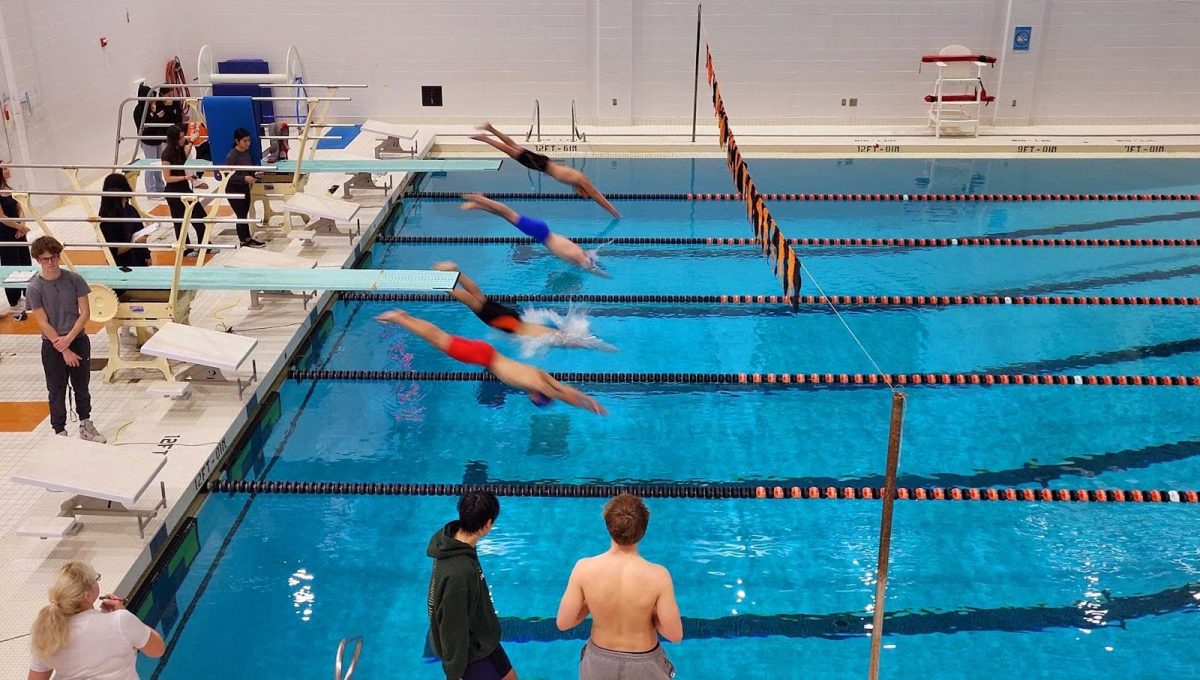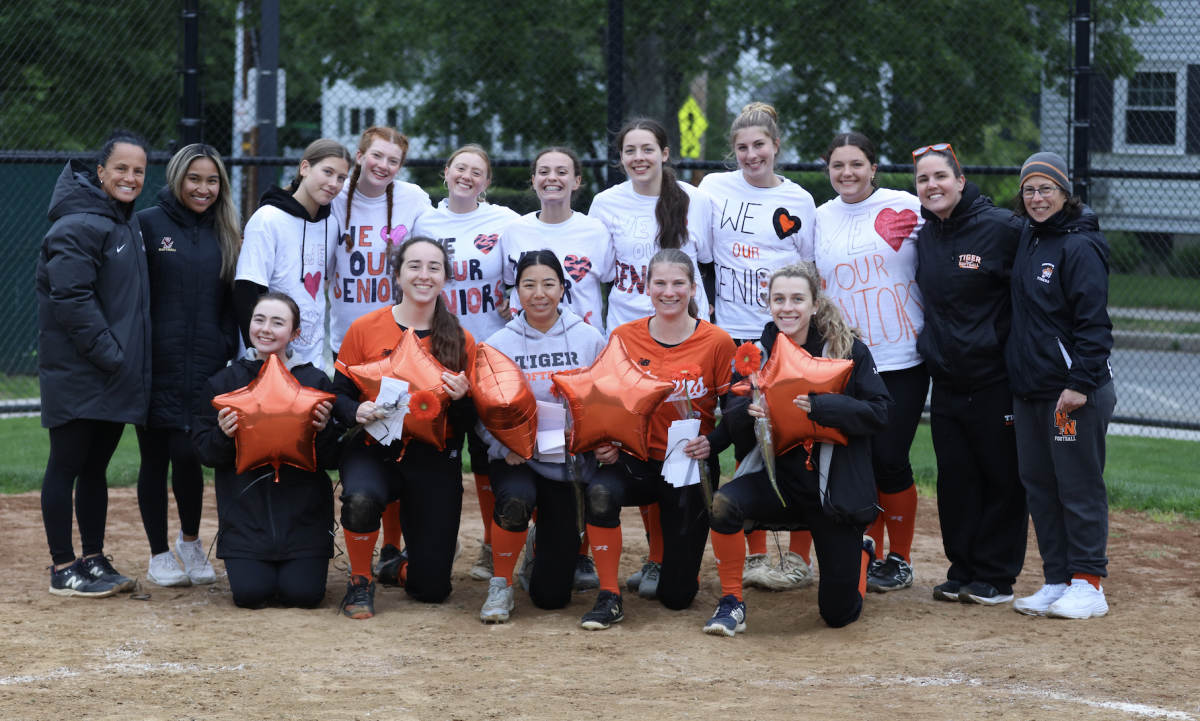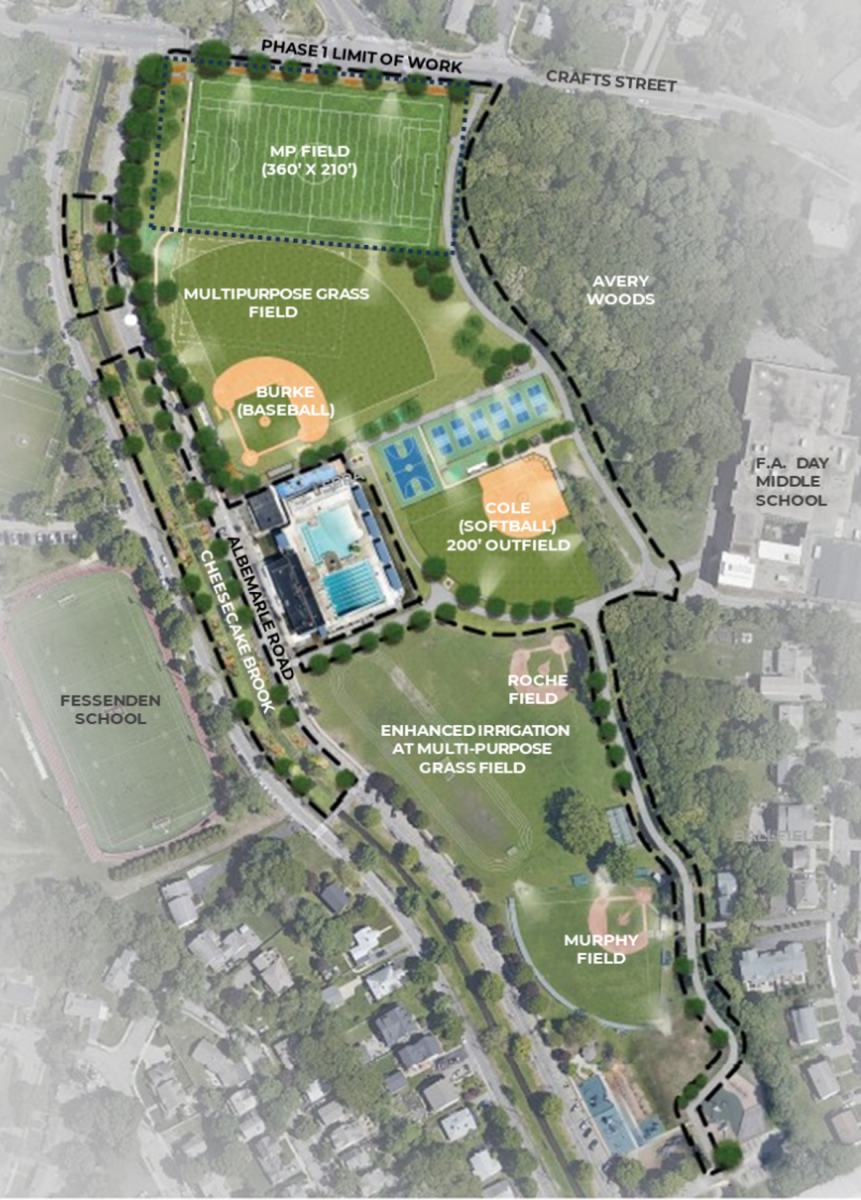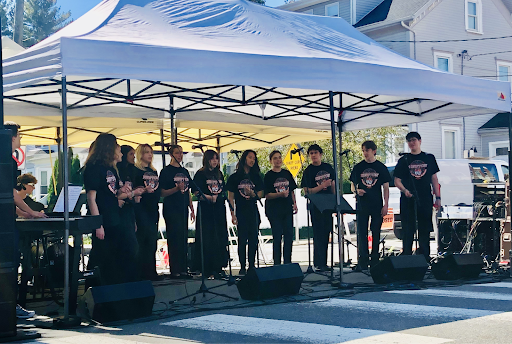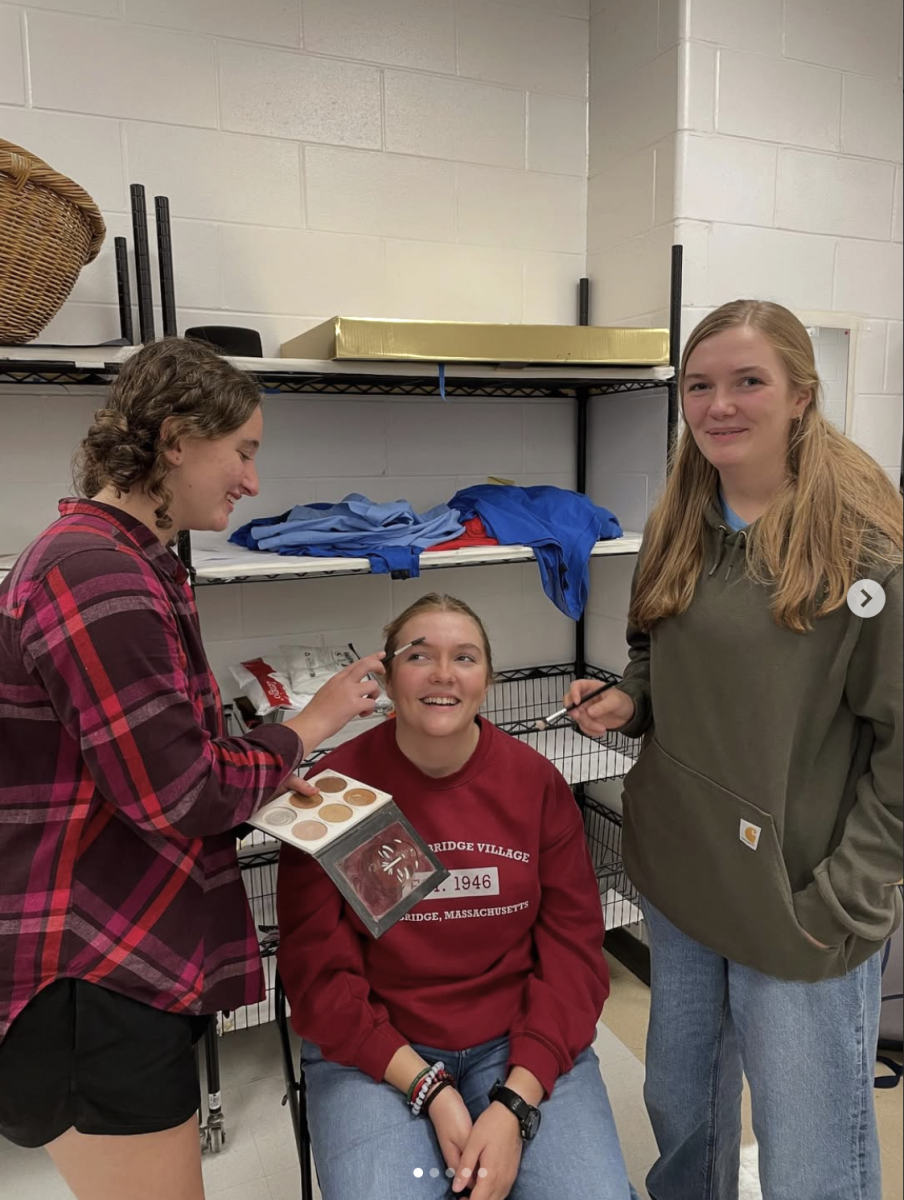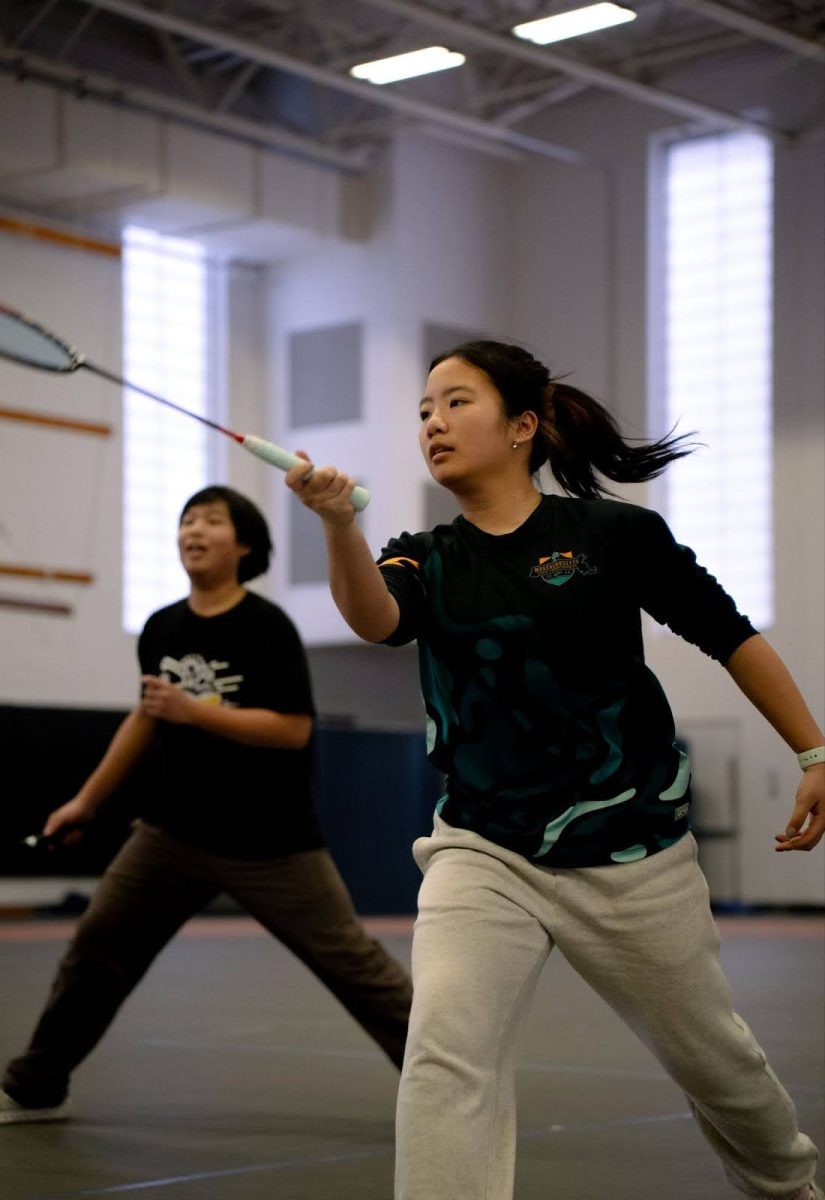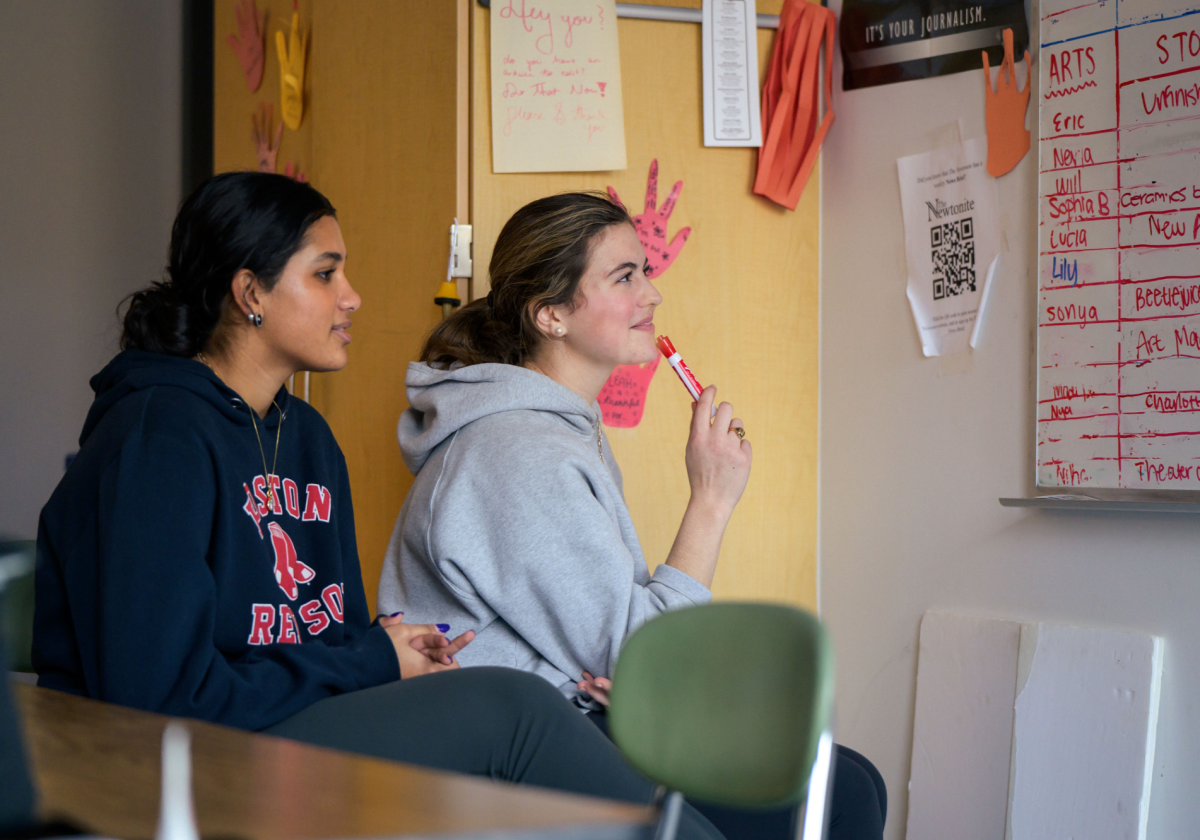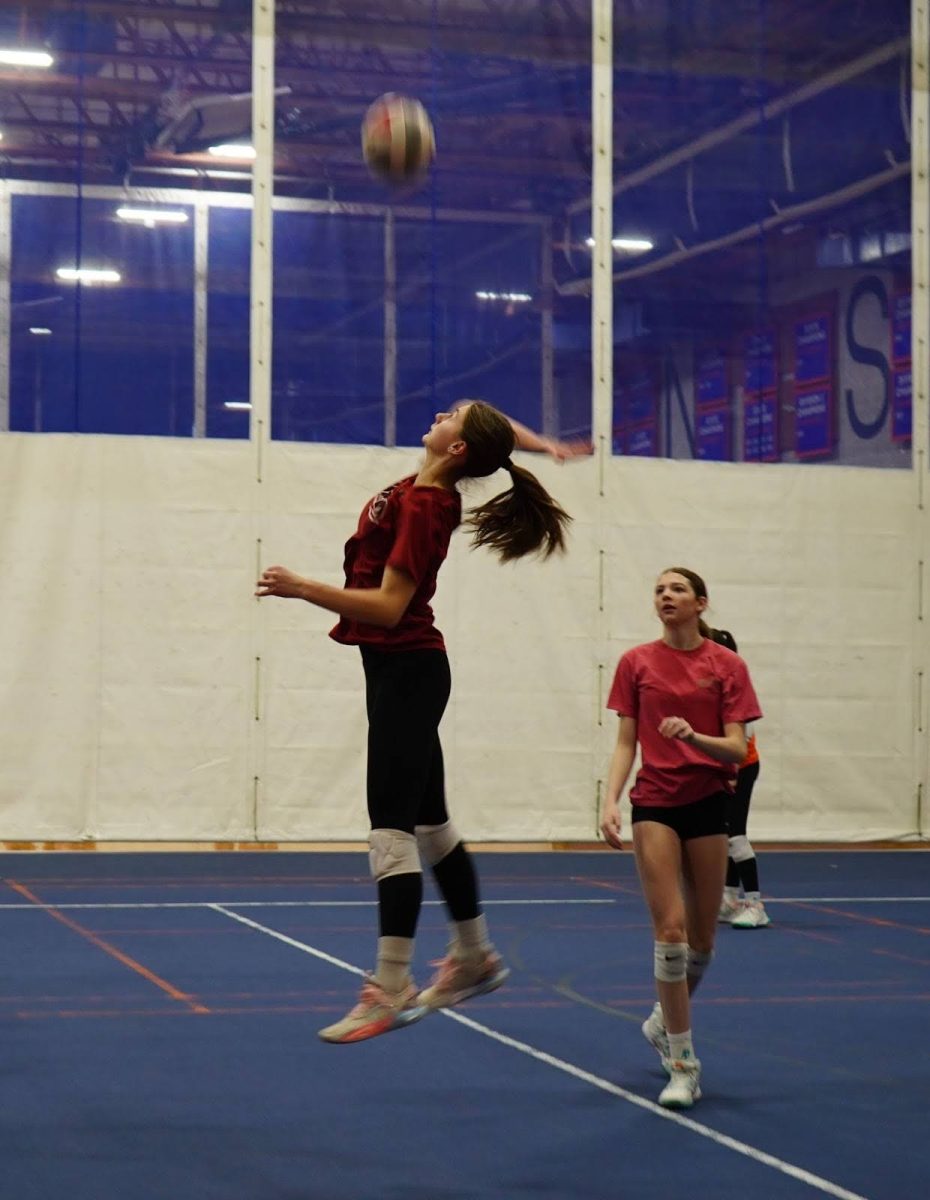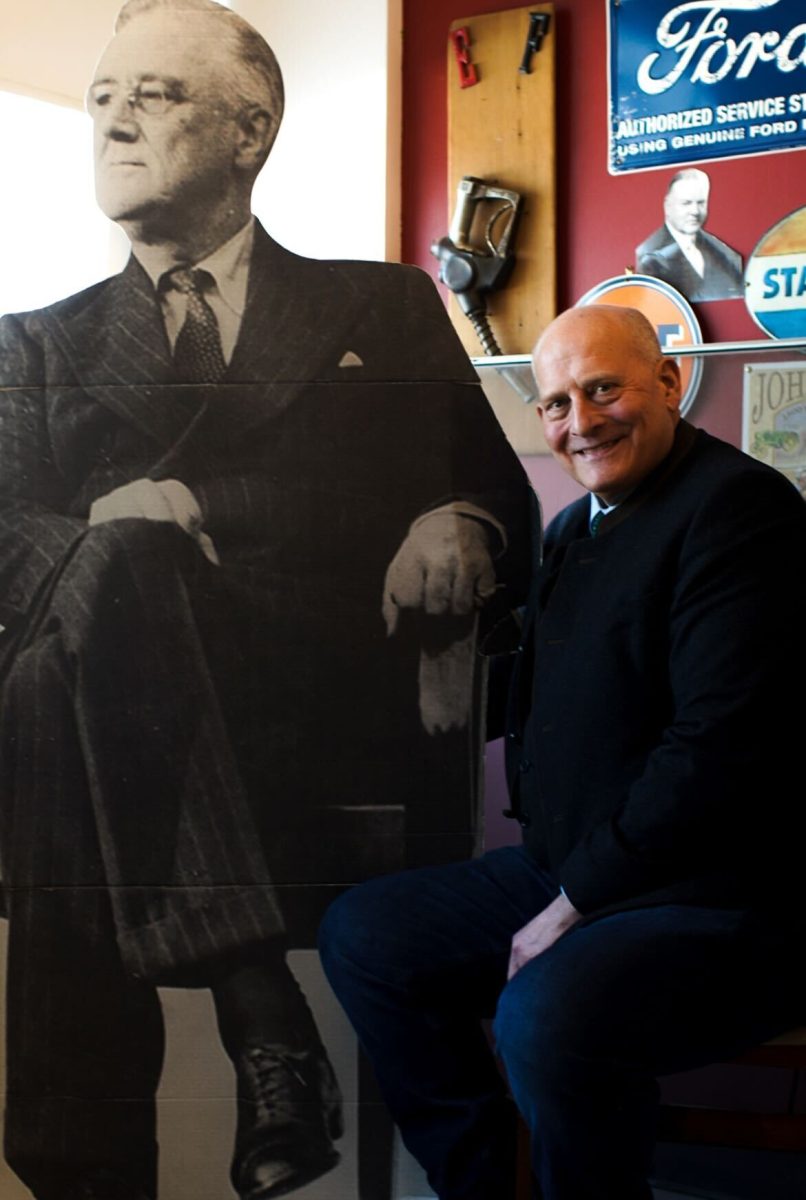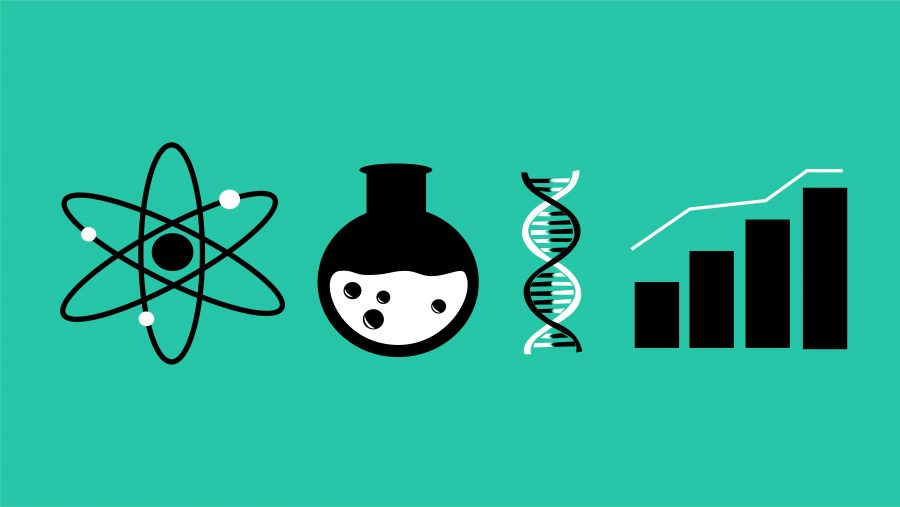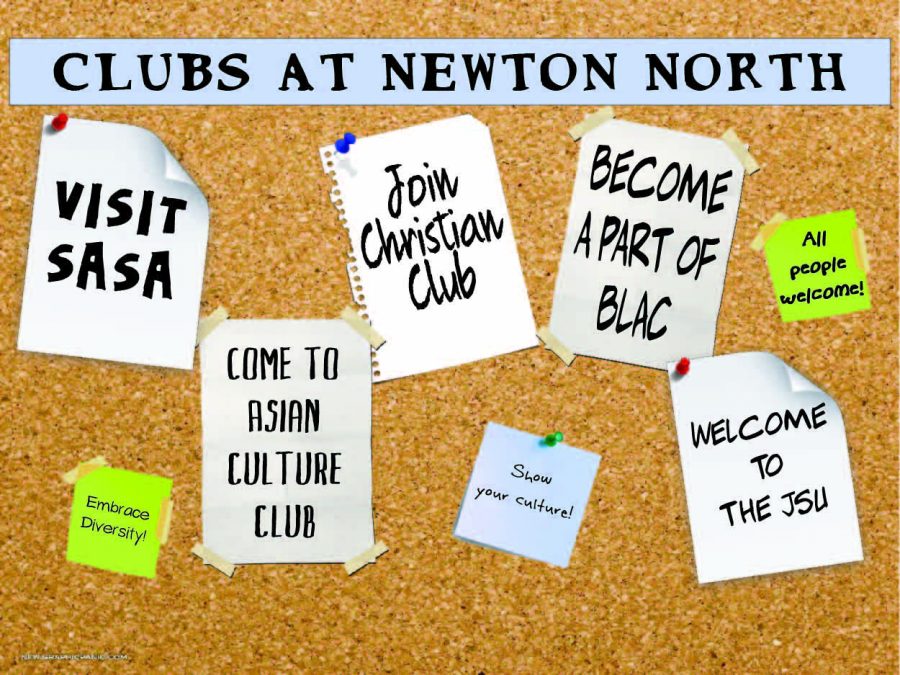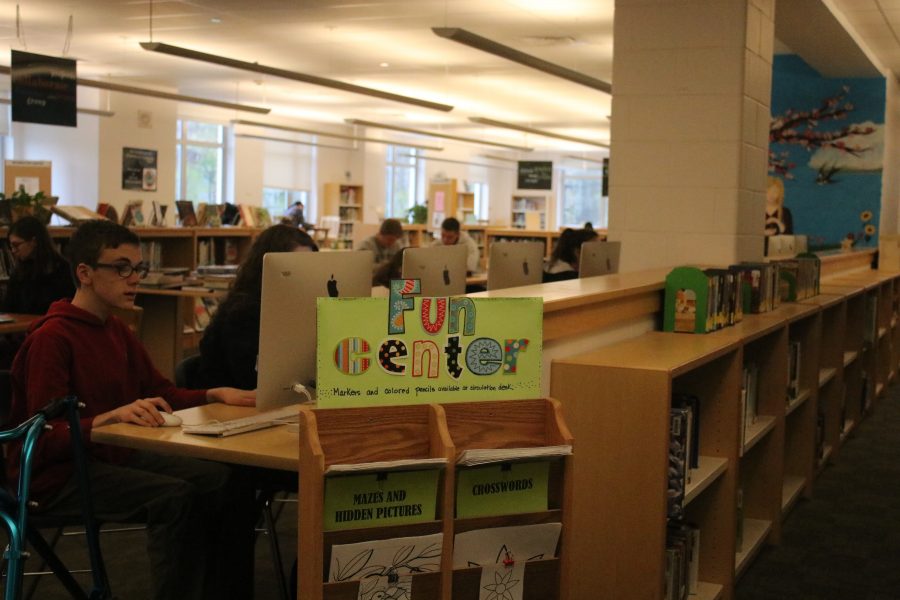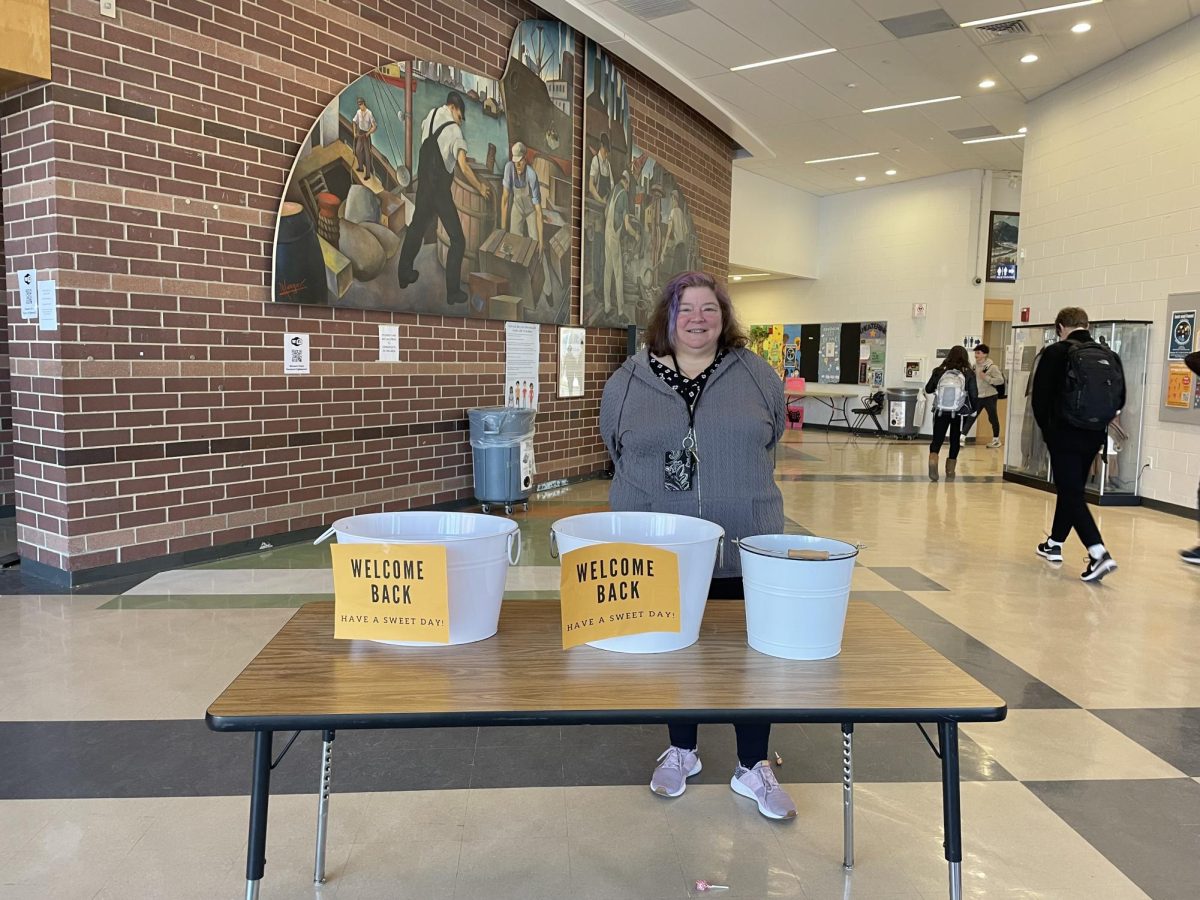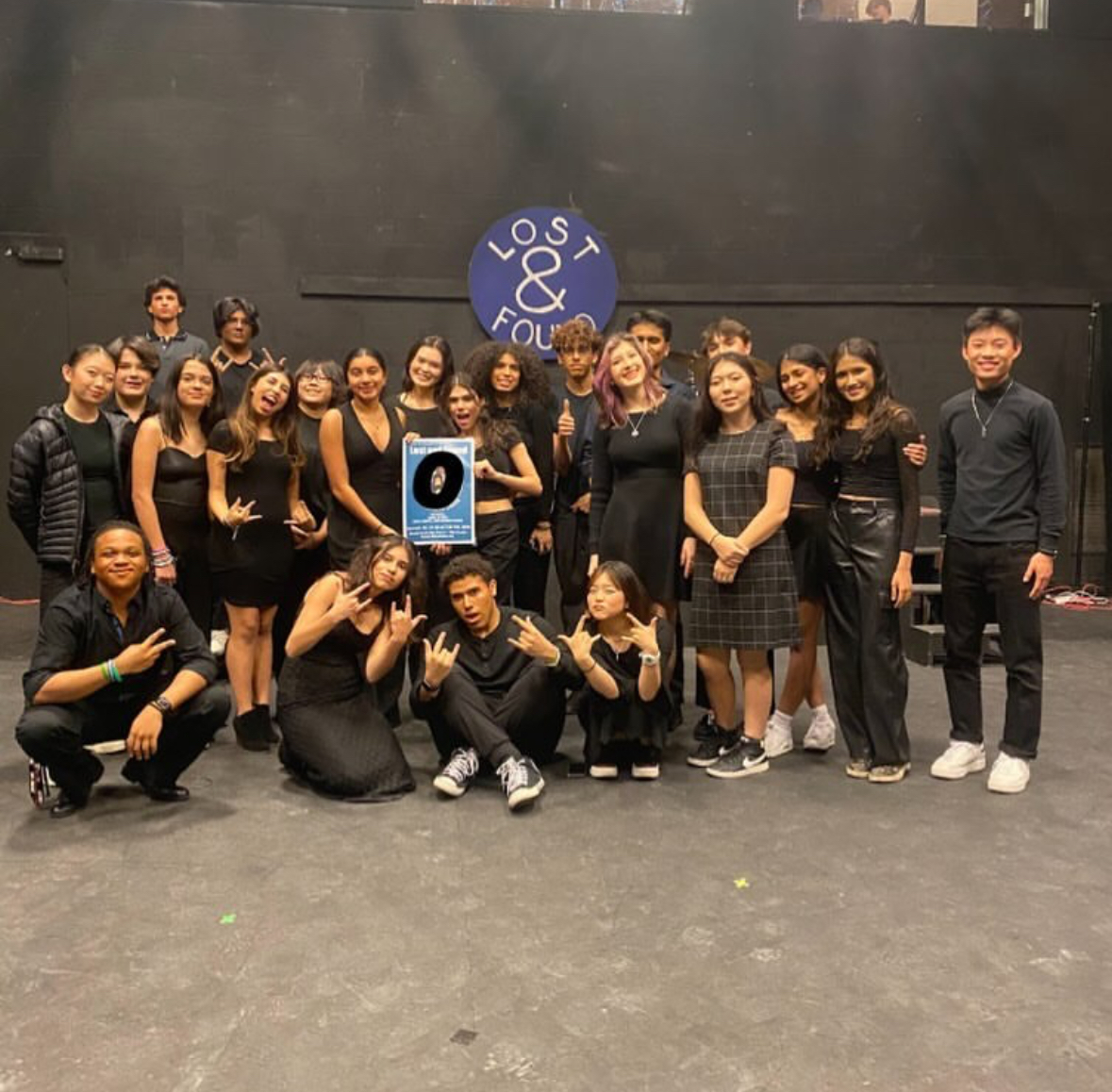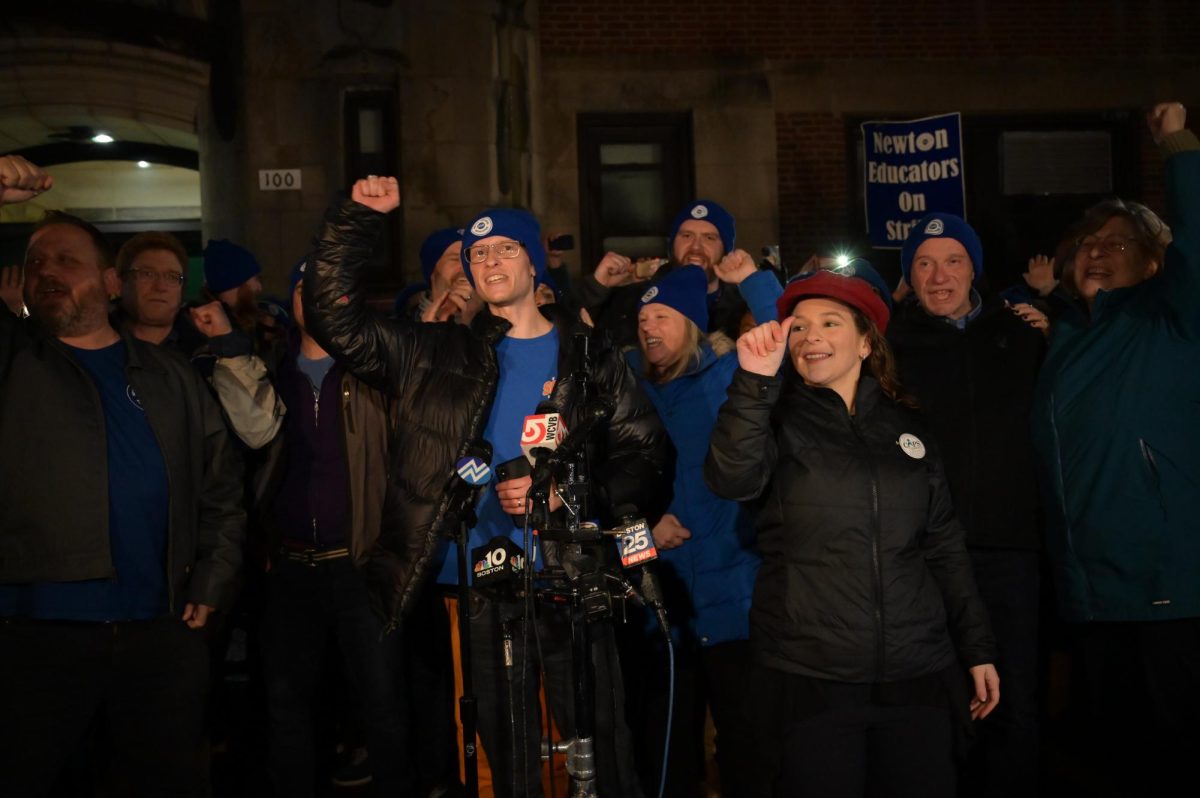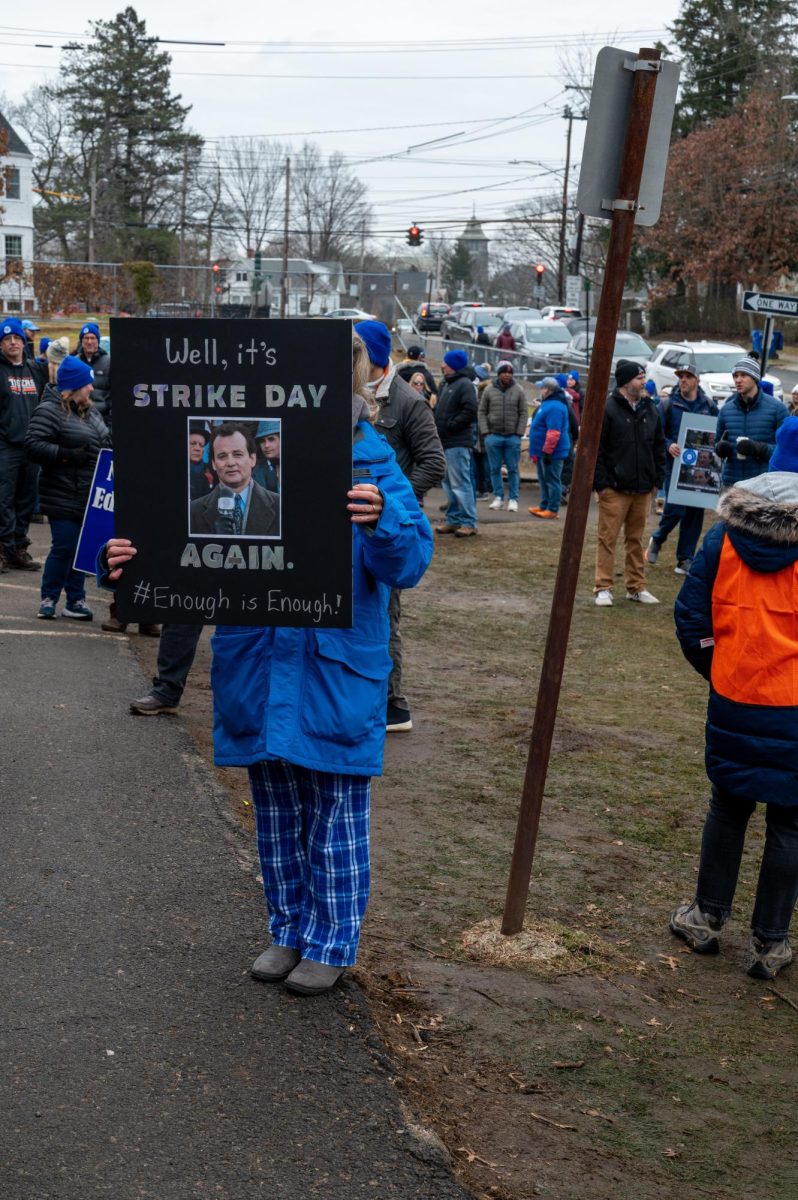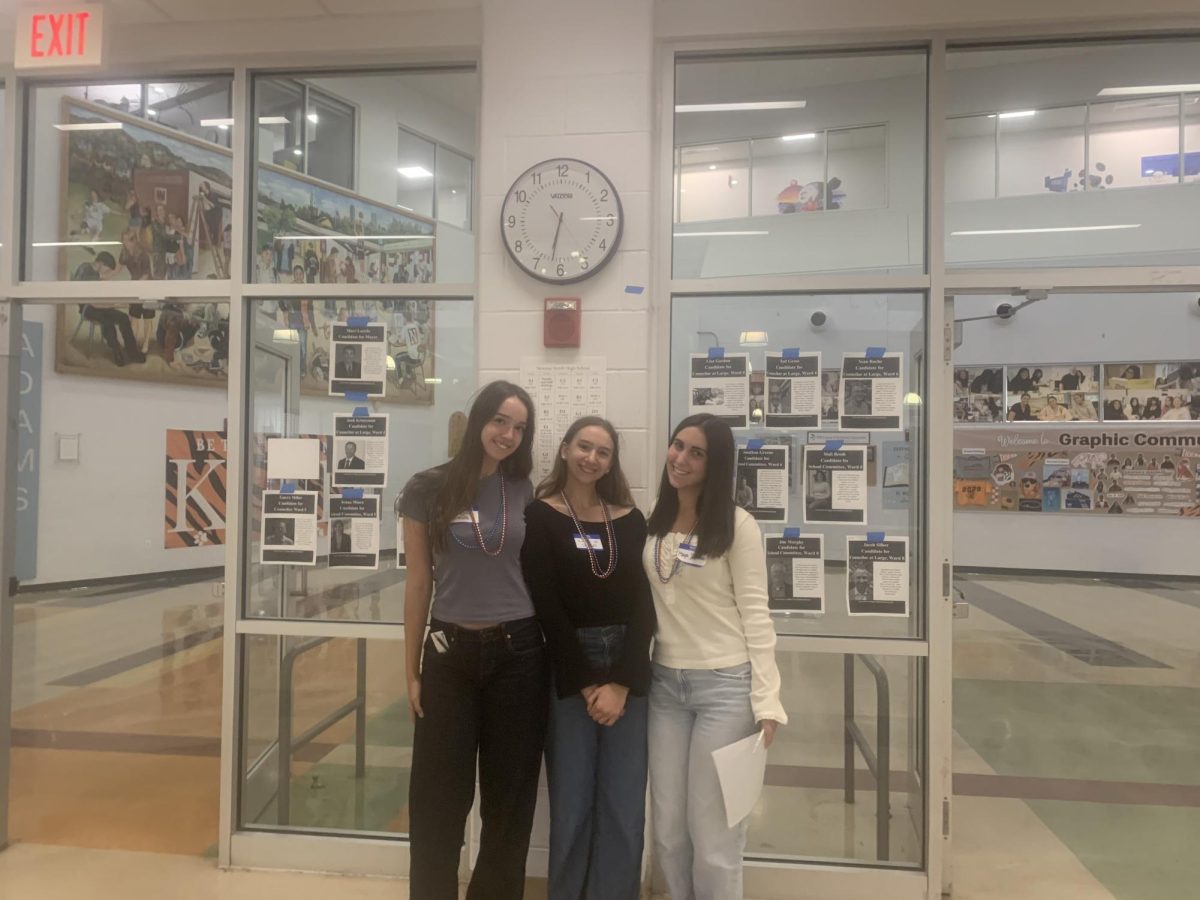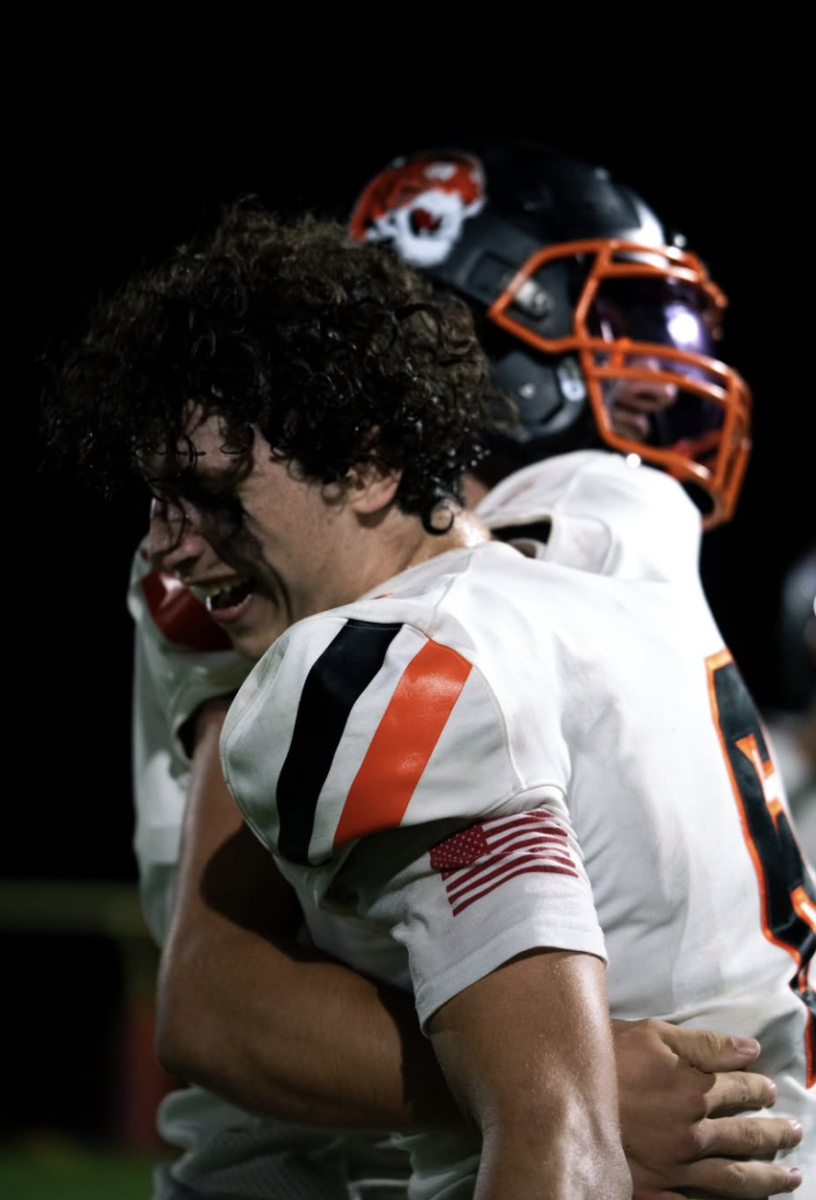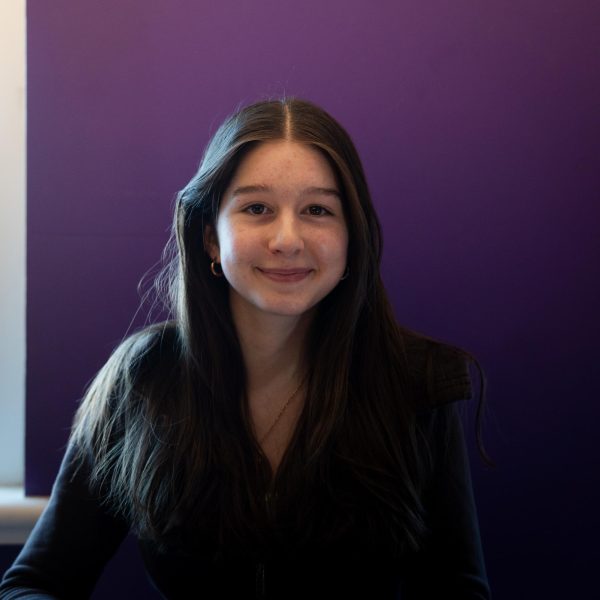Walking through my front door after another full day of work on the hottest of August days, I see yet another stack of mail from colleges across the country. The pit in my stomach that is always there, but usually goes by unnoticed, starts to feel heavy as panic rises up. The thought that always crosses my mind runs by once more: I am so behind.
This is where the bare-minimum list comes in. The main purpose of the bare-minimum list is to prioritize the beginning of the college journey in a way that doesn’t propel students into an abyss of confusion. Having been through the summer, and currently navigating the end of the college application process, I know that rather than putting pressure to do the most for applications in such a short period of time, outlining just a few goals to complete allows for a clear direction and productivity in the summer.
At the end of junior year, I had it all planned out. I would finish taking the SAT, I would complete my common application, and I would finalize a college list so I would only have to work on supplemental essays when senior year started and school work began to pick up.
Beyond college-related things, I also needed to spend my summer making and saving money, see the family I had neglected in favor of my school work the year before, and rest from my burnout.
Yet, I somehow found myself halfway through August having made no progress whatsoever. I was procrastinating in a way unlike I had with any overdue research paper or pile of unfolded laundry.
Having been thrown into the process of applying to schools just after school ended in June, I felt like I only had half the story. I knew I had to make a college list and had to start writing my essays, but I didn’t know how. There was no clear direction about where to start or what I should do.
In hindsight, I can see that the only thing that would’ve eased the stress and diminished procrastination would’ve been to outline a plan for the process of completing the tasks, rather than just a list of them.
I could’ve saved myself so much stress if I hadn’t been so ambitious in wanting to complete every college application-related task by the start of the school year. Rather than creating the most exhaustive list that includes everything until submission, I should’ve made a plan about the bare-minimum summer to-do.
The first thing I would’ve put on the list is to decide whether or not to take standardized testing and then subsequently sign up and complete them. Planning which exam will be the last attempt and setting up a schedule or plan to study to do as well as possible will prevent cramming in the SAT and ACT right before applications are due.
The second task is to research schools. During the summer, there is more time to visit schools to get a better feel for the different types of collegiate environments, but even if visiting isn’t an option, taking the time to do online tours and research programs, potential majors, school spirit, and academic rigor, when there’s actually time to do so, will ensure there’s time to actually apply to those schools in the fall.
The third task I wish I had done was build a schedule to use during the first months of the school year in order to continue to stay on track with the rest of the process. No matter how much work I had done during summer break, certainty when school started would’ve allowed for me to be more productive with time and stay organized.
The fourth and final task I realized would allow for a productive summer is to rest and enjoy life outside of college applications. I believe students should work, do internships, see friends, spend time with family, and go to camps. I can see now that summer is the time to prioritize things that are usually pushed aside during school and reset from burnout.
Success within this process comes not from doing the most, but from doing what matters most with intention and clarity to overcome the overwhelming nature of the college application process.


